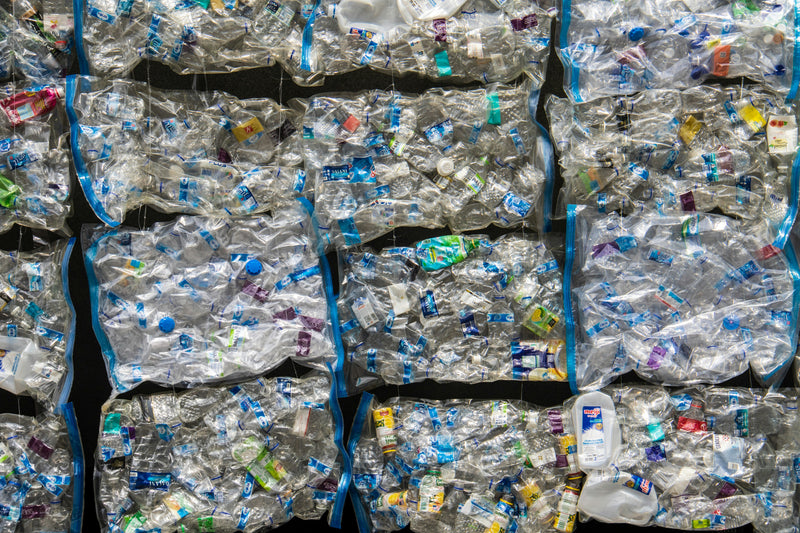Some fishy business practices are really putting the cod in codswallop.
Fish fraud is a multi-billion dollar issue that is not only costing consumers. It’s also wrecking ecosystems across the globe.
Let’s take a look.
What we’re watching
An astounding amount of fish is fraudulently mislabeled.
National Oceanic and Atmospheric Administration seafood inspectors recently found fraudulent labeling in up to 40 percent of all seafood products submitted to them.
A separate nationwide study concluded about 33% of seafood was mislabeled, according to the U.S. Food and Drug Administration (FDA) guidelines.
And a smaller study conducted by UCLA found that 49% of all sushi served in Los Angeles sushi restaurants was mislabeled.
Why does it matter?
In addition to increased health risks, fish fraud is the latest in a growing list of scandals within the industry.
Industrial fishing operations have been accused of unethical practices, human rights violations, and the destruction of marine habitats and ocean ecosystems.
Furthermore, fish fraud is driving up the prices of seafood worldwide and undermining global conservation efforts to preserve fragile ecosystems and to stop overfishing.
‘Ordering steak, getting a burger’
The economic impact of fish fraud is between $26 billion and $50 billion globally, according to Rashid Sumaila, a professor at the Institute for the Oceans and Fisheries.
Researchers for one study interviewed dozens of experts and reviewed 300 menus from 12 different cities to help estimate the impact of fish fraud on retail prices.
According to the report, a diner who orders grouper but instead gets tilapia could be losing $10 for an 8-ounce fillet. If a customer orders a wild salmon but instead gets a farmed Atlantic salmon — which is a common mislabeling — it can add an extra $5 to a customer’s bill.
That’s like “ordering a filet mignon and getting a hamburger instead,” said Oceana senior scientist Margot Stiles. “If a consumer eats mislabeled fish even just once a week, they could be losing up to hundreds of dollars each year due to seafood fraud.”|
It’s not just the name
Fraudsters are not only changing species’ names — they’re also swapping their country of origin. This allows seafood processors to avoid regulations and fees or even sneak illegally caught fish into the supply chain.
According to NOAA, that can occur through:
- “Transshipping” is when seafood products are exported through different countries to avoid duties and tariffs
- At-sea transfers when illegal fishing vessels transfer their catch to cargo vessels carrying legitimately caught seafood
- Falsifying trade documents
Fighting back with science
Scientists can now identify seafood species from tiny samples using DNA analysis. The technique helps NOAA investigate seafood fraud, ensure accurate labeling, and aids processors with quality control.
Another program, BlueTrace, created an app for digital shellfish tagging and tracking. The Oyster Tracker app allows seafood producers to input data through their phones to capture and share info about their products as they move through the supply chain, from the point of harvest to the consumer.

